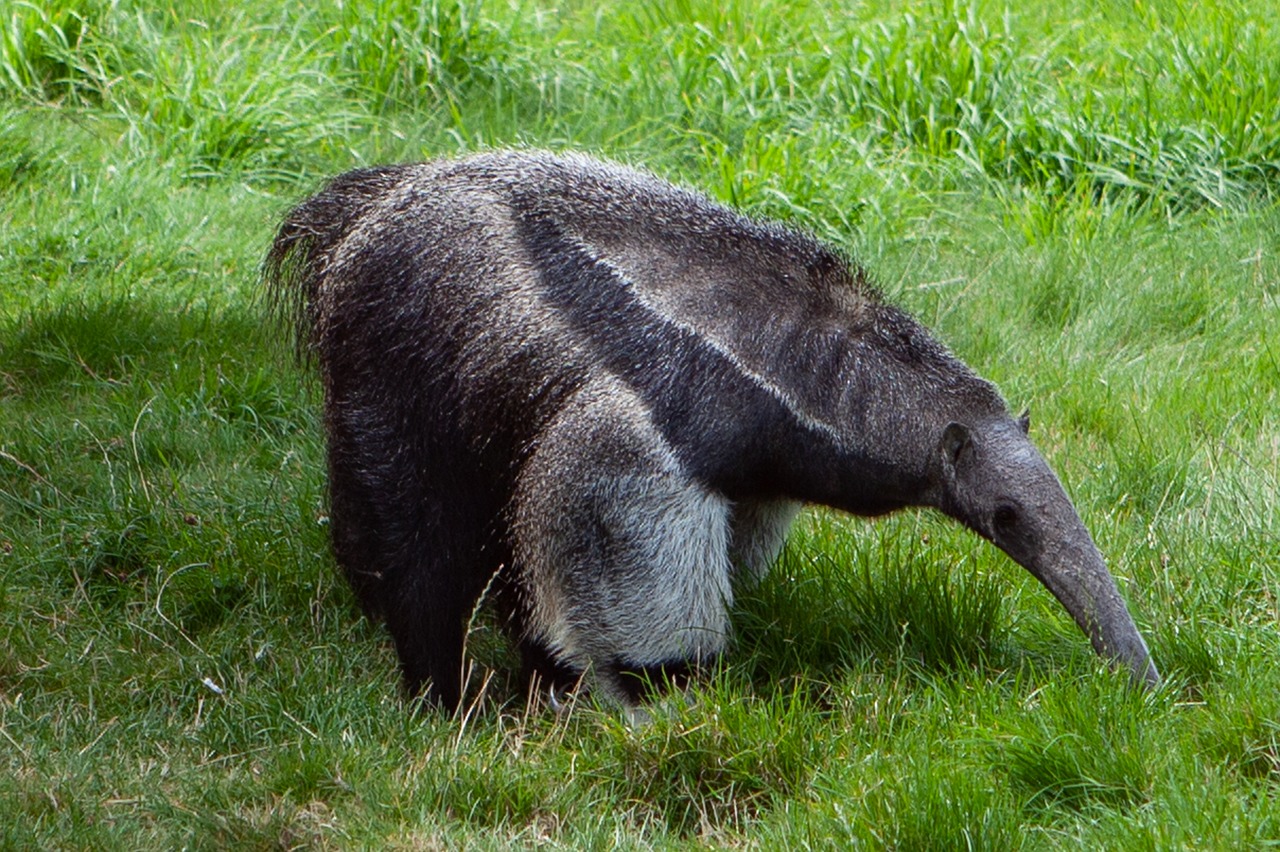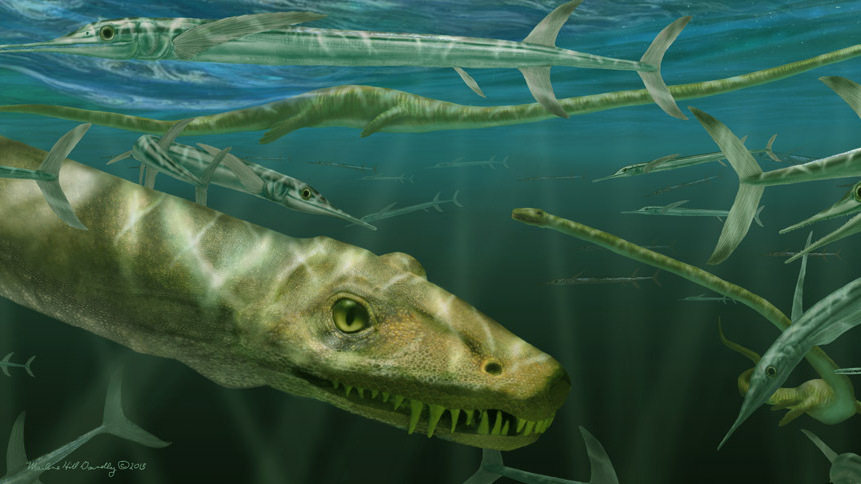Anteaters are fascinating creatures. They have long snouts, sticky tongues, and powerful claws that help them dig up their favorite food: ants and termites. But did you know that they also have a clever way of fooling their enemies? Anteaters have false faces on their legs that look like eyes and ears, and they use them to confuse predators and escape danger.
False faces, also known as eyespots, are markings that resemble the eyes or faces of other animals. They are found in many species, such as butterflies, fish, and frogs, and they serve different purposes. Some use them to scare off predators, some use them to attract mates, and some use them to blend in with their surroundings. But anteaters use them in a unique way: they use them to misdirect predators and make them think that their head is somewhere else.
Anteaters belong to a group of mammals called xenarthrans, which also includes sloths and armadillos. They are native to Central and South America, and they live in a variety of habitats, such as forests, grasslands, and savannas. They have four species: the giant anteater, the silky anteater, the northern tamandua, and the southern tamandua. All of them have eyespots, but they differ in size, shape, and color.
The giant anteater, the largest and most distinctive of the four, can reach up to 7 feet (2.1 meters) in length, including its bushy tail, and weigh as much as 86 pounds (39 kilograms). Sporting a black stripe from its chest to its shoulder and a white stripe from its eye to its ear, it displays a V-shaped pattern resembling a face when it raises its forelegs. Additionally, the giant anteater possesses a long, curved claw on its front feet, utilized for breaking open termite mounds and fending off predators.
The silky anteater, the smallest and most elusive of the four, can reach a length of up to 14 inches (36 centimeters) with a weight of up to 14 ounces (400 grams), inclusive of its fluffy tail. Sporting a golden-brown fur, it adeptly blends in with the silk-cotton trees in its habitat. Notably, it features black spots on its hind legs resembling eyes when it rolls into a ball. Additionally, the silky anteater possesses a prehensile tail for gripping branches and hanging upside down.
The northern and southern tamanduas are the medium-sized and most adaptable of the four. They can grow up to 4 feet (1.2 meters) long, including their prehensile tail, and weigh up to 19 pounds (8.5 kilograms). They have a yellowish-brown fur with a black patch on their back that varies in shape and size. They also have a pair of black spots on their shoulders that look like ears when the anteater raises its forelegs. The tamanduas also have a gland near their anus that produces a foul-smelling secretion that they use to mark their territory and deter predators.

Anteaters have many predators, such as jaguars, pumas, eagles, and snakes. They have poor eyesight and hearing, but they have a keen sense of smell that helps them find food and avoid danger. They also have a remarkable strategy that helps them survive: they use their false faces to trick predators and escape.
When an anteater senses a threat, it stands on its hind legs and raises its forelegs, exposing its false face. This makes the predator think that the anteater’s head is on the opposite end of its body, and that it is facing the opposite direction. The predator then attacks the false face, expecting an easy prey. But the anteater is ready to fight back, using its powerful claws and tail to fend off the attacker. The anteater then takes the opportunity to run away, leaving the predator confused and frustrated.
This behavior has been observed in all four species of anteaters, and it has been documented by scientists and photographers. A study published in 2017 in the journal Zoological Letters analyzed the eyespots of 436 anteaters from 14 zoos and museums, and found that they vary in size and shape depending on the species, sex, and age of the animal. The study also found that the eyespots are more visible and contrasted in the giant anteater and the silky anteater, which suggests that they are more important for their survival.
Anteaters are amazing animals that have evolved a clever way of deceiving their enemies. They have false faces on their legs that look like eyes and ears, and they use them to misdirect predators and make them think that their head is somewhere else. This helps them avoid being eaten and live longer. Anteaters are not only experts at eating ants, but also at fooling foes.





